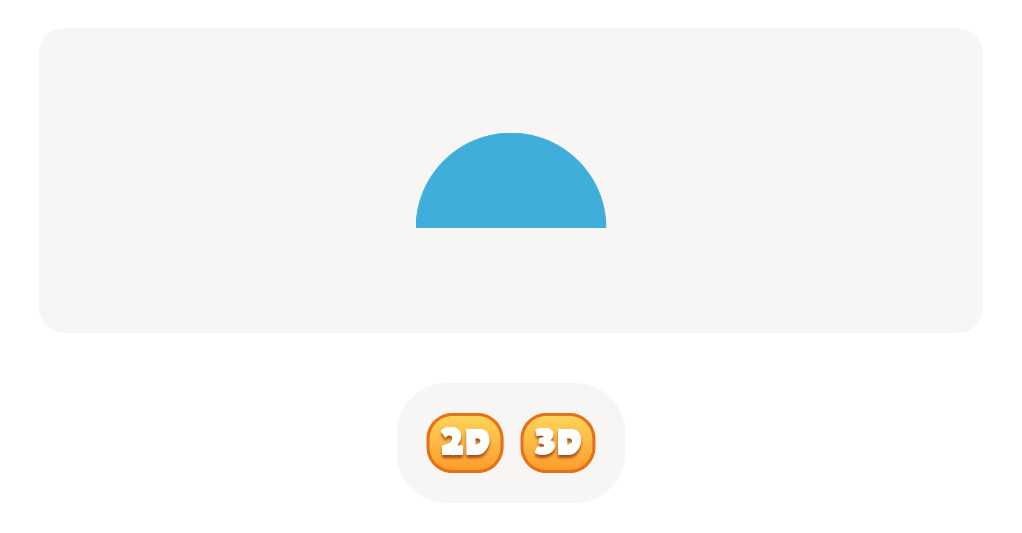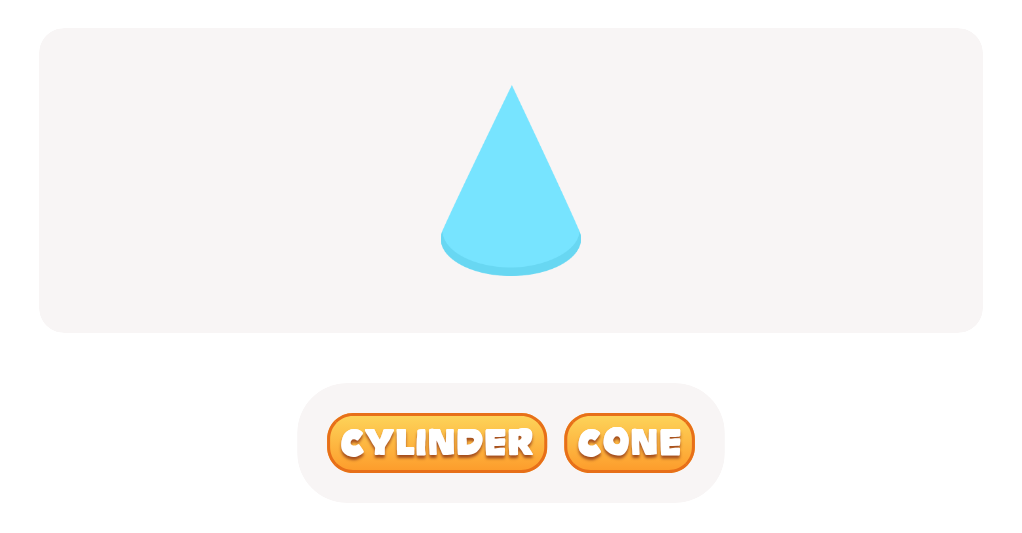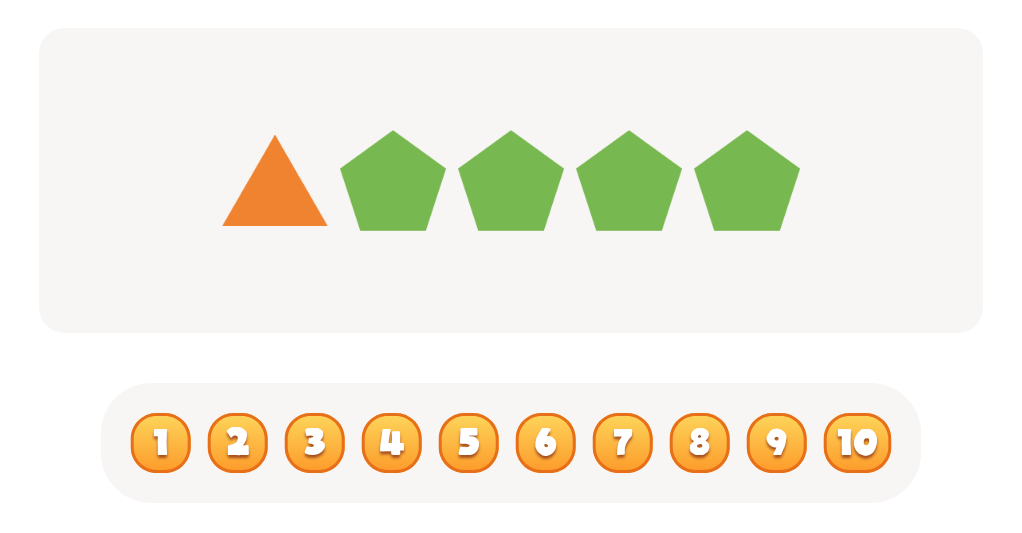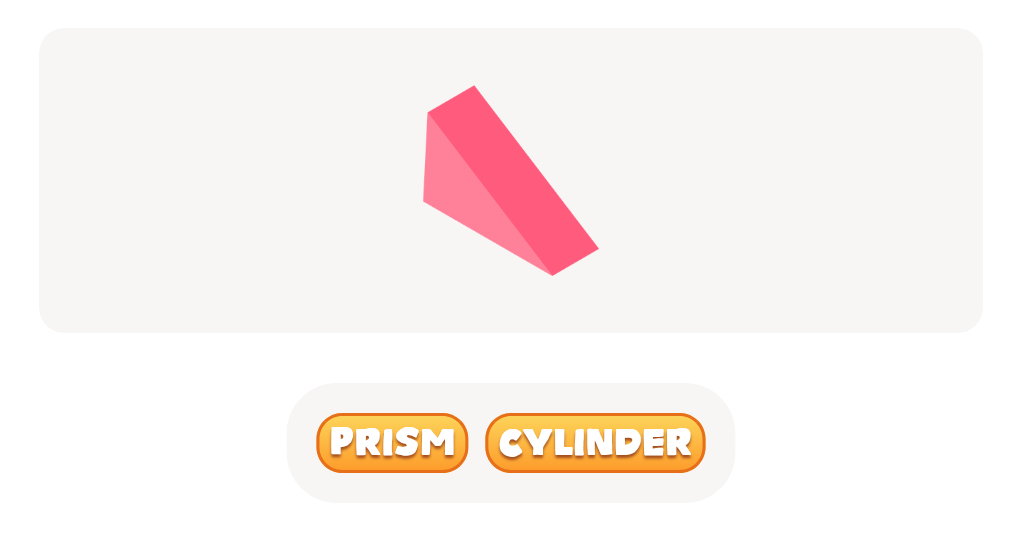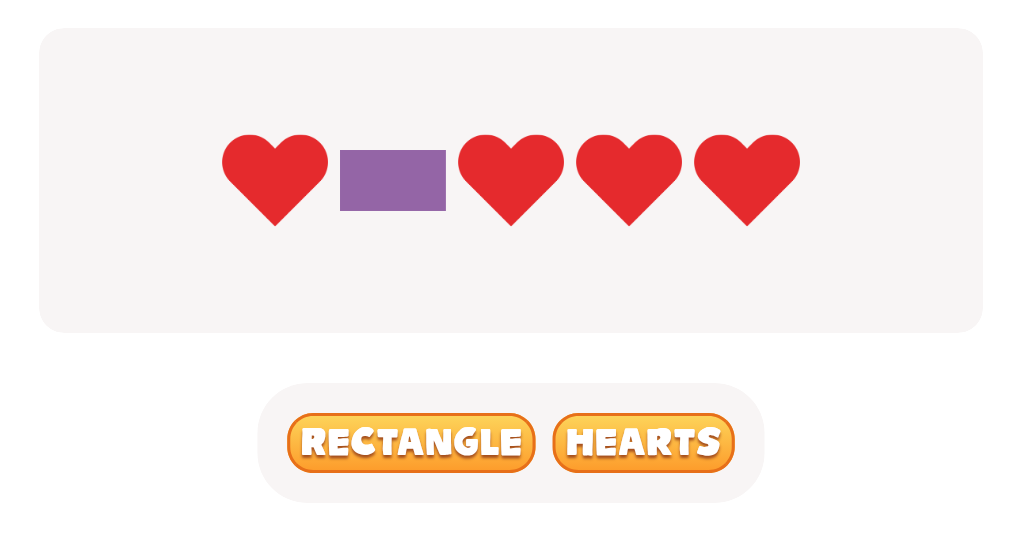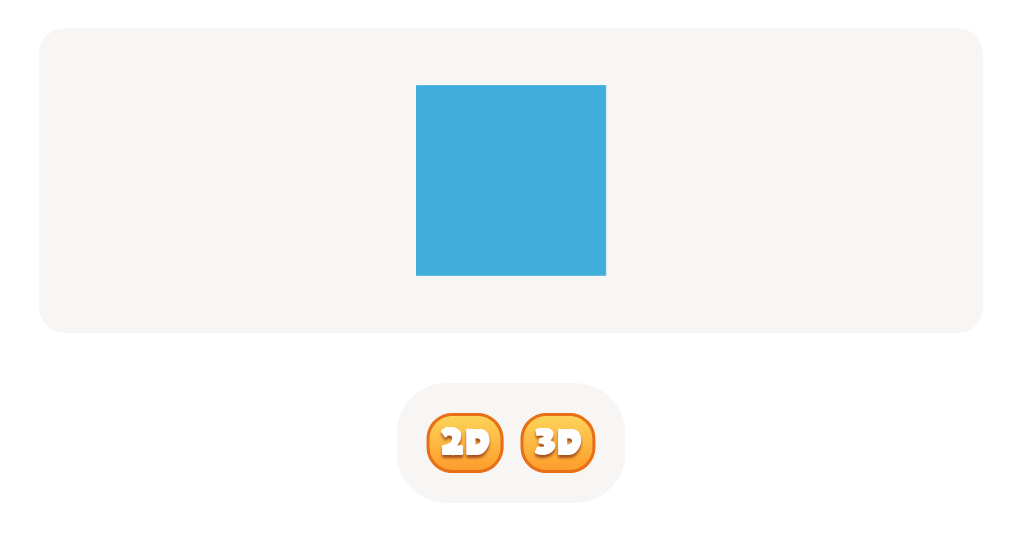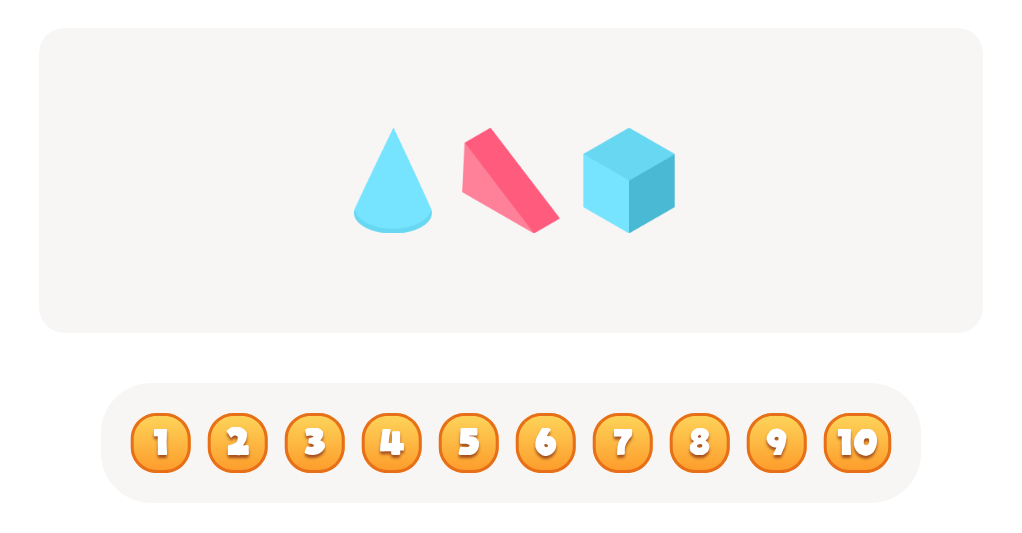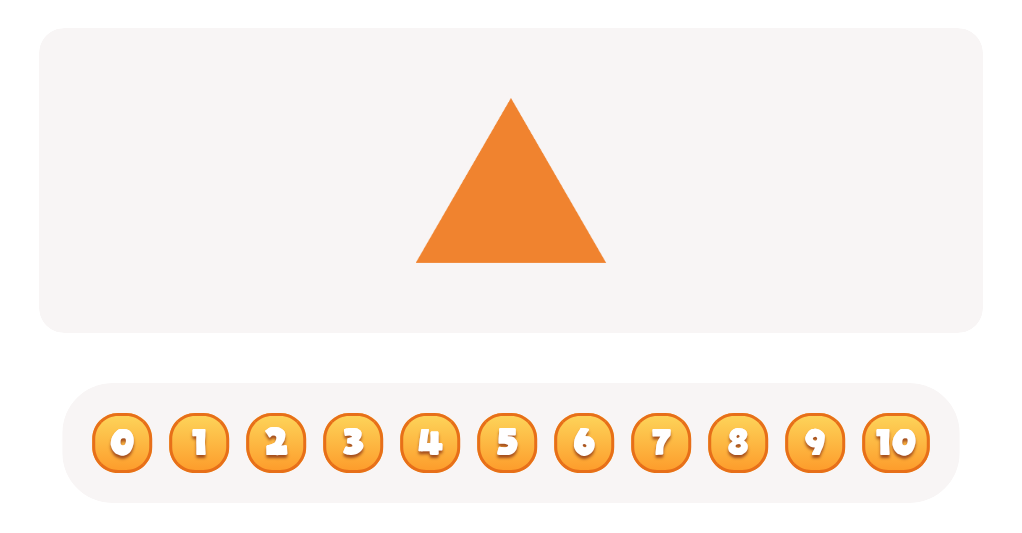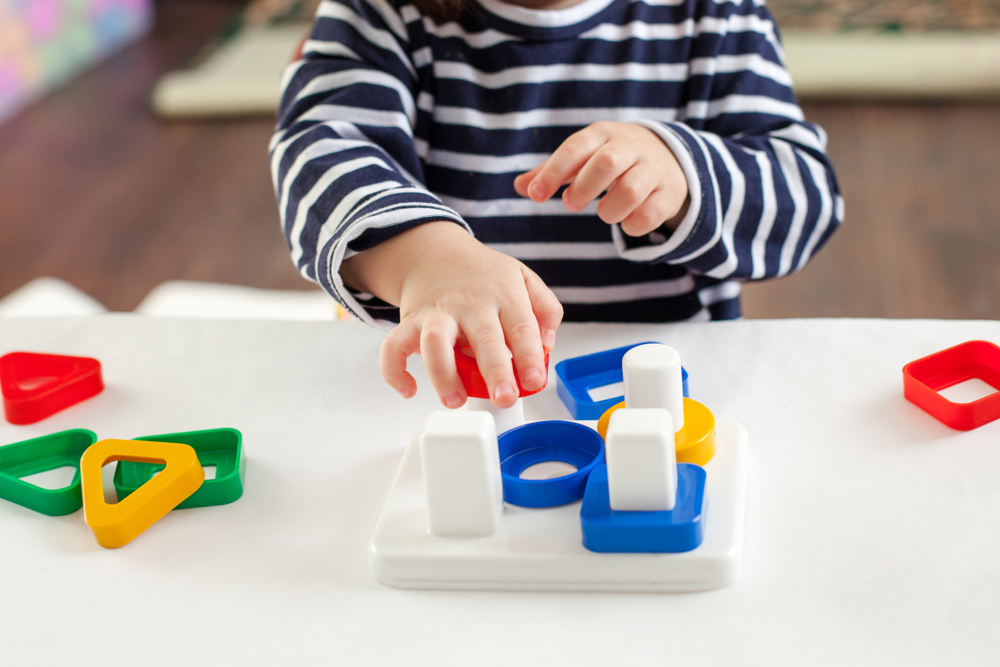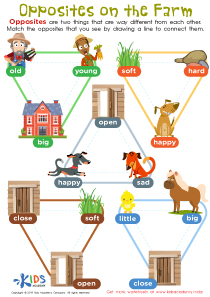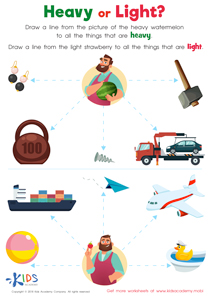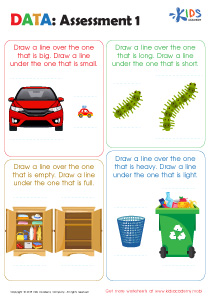Visual perception Normal Geometry Worksheets for Ages 5-9
3 filtered results
-
From - To
Discover our collection of Visual Perception Normal Geometry Worksheets, designed specifically for children ages 5-9. These engaging worksheets help young learners develop crucial visual perception skills while exploring basic geometric concepts. Each activity encourages observation, shape identification, and spatial awareness, making learning fun and interactive. Perfect for homework or classroom activities, our worksheets cater to various learning styles, ensuring every child can thrive! With vibrant visuals and age-appropriate exercises, your students will gain confidence in math while enhancing their critical thinking abilities. Start the journey toward geometric mastery today with our expertly crafted resources!
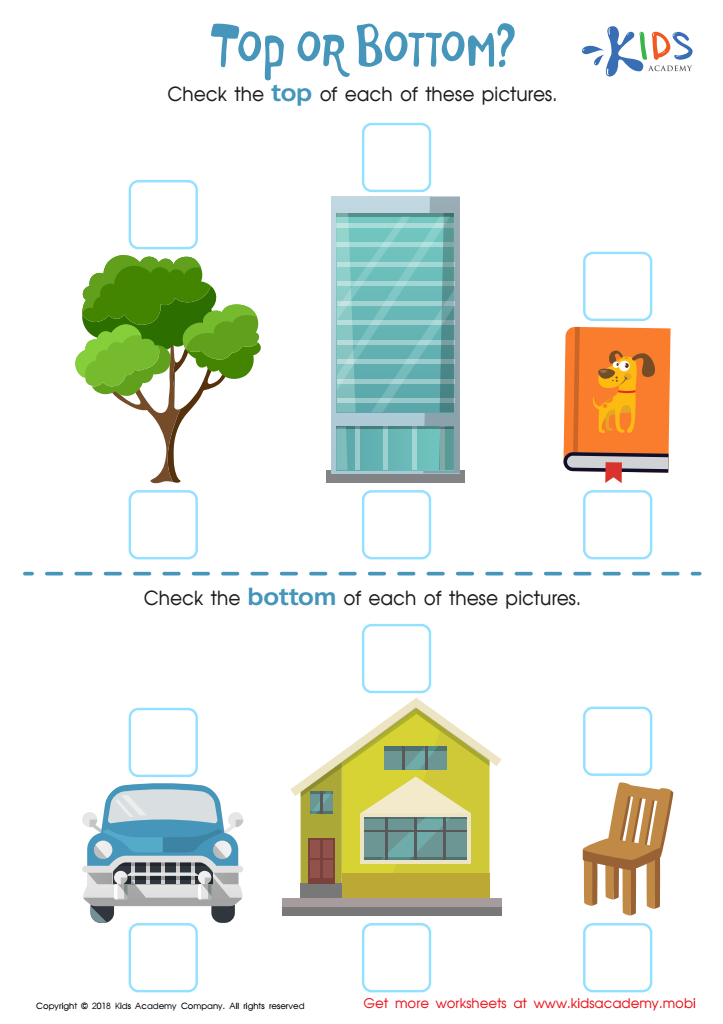

Top or Bottom Worksheet
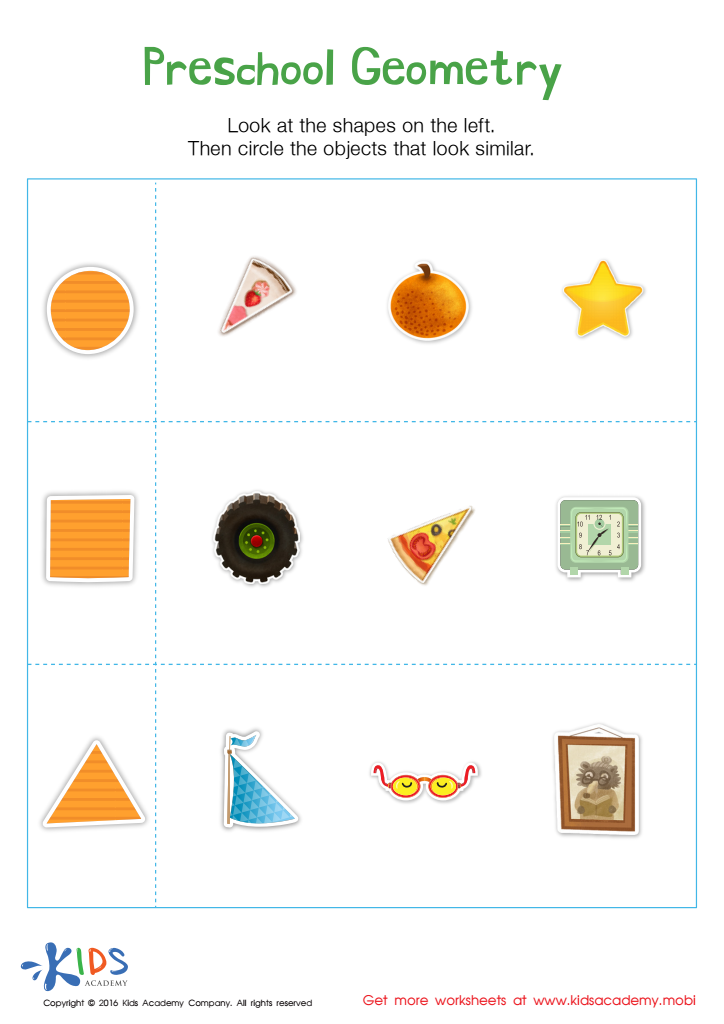

Preschool Geometry Match Up Worksheet
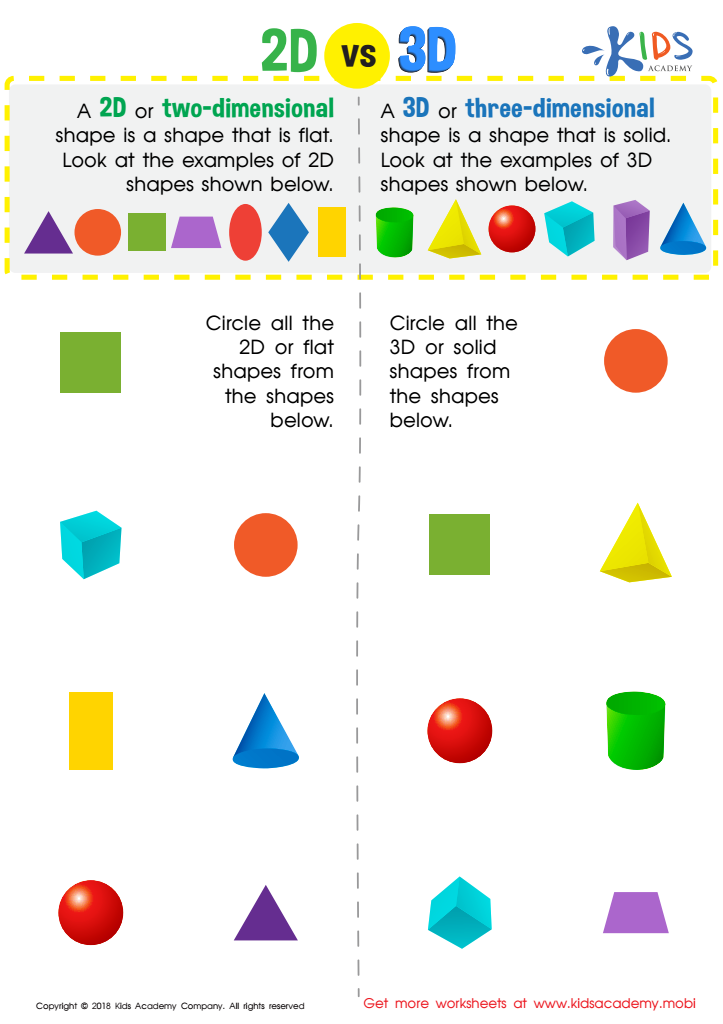

2D vs 3D Shapes Worksheet
Visual perception, particularly in understanding normal geometry, plays a critical role in the cognitive and academic development of children aged 5-9. At this age, children are forming essential skills in recognizing shapes, assessing spatial relationships, and making sense of their environment. Mastery of visual perception skills helps improve problem-solving abilities, logical thinking, and decision-making—all vital competencies as they progress through their education.
Parents and teachers should care because a strong foundation in visual perception supports not just math skills, but also enhances literacy. For instance, interpreting visual information aids in reading charts, understanding story illustrations, and developing mathematical concepts, such as symmetry, measurements, and basic geometric properties. Additionally, children with proficient visual perception can navigate physical spaces more easily, aiding their social interactions and confidence during play, which is crucial in early development.
Investing time in activities that promote visual perception—such as puzzles, building blocks, or drawing—encourages holistic learning and helps prepare children for future academic pursuits. In turning their attention towards normal geometry, parents and teachers foster a rich environment where young learners can thrive, ultimately leading to better outcomes in science, technology, engineering, and math (STEM) education as they mature.
 Assign to My Students
Assign to My Students
